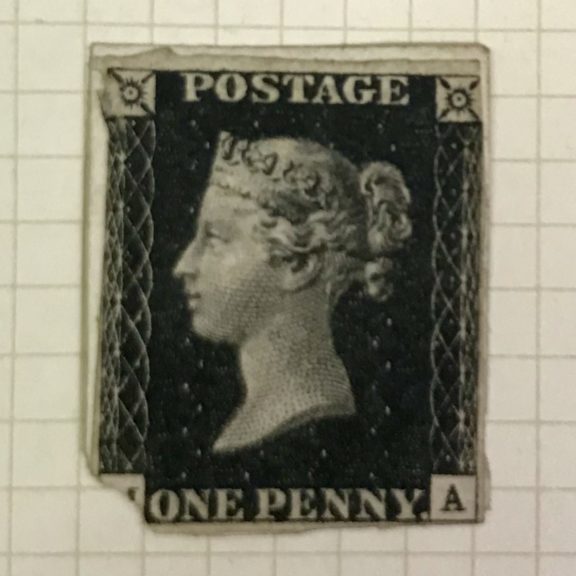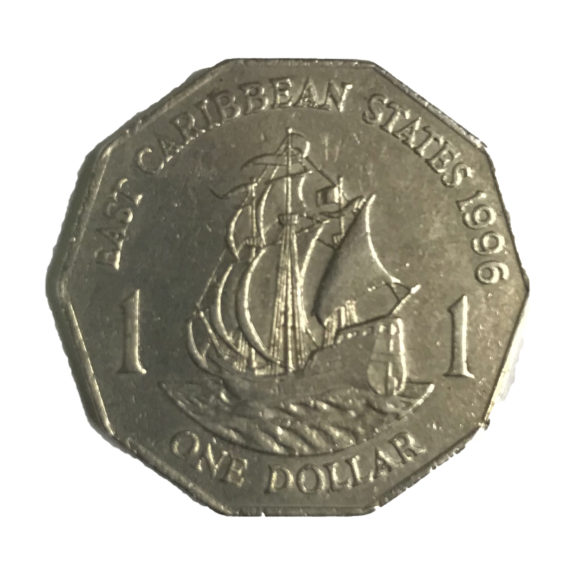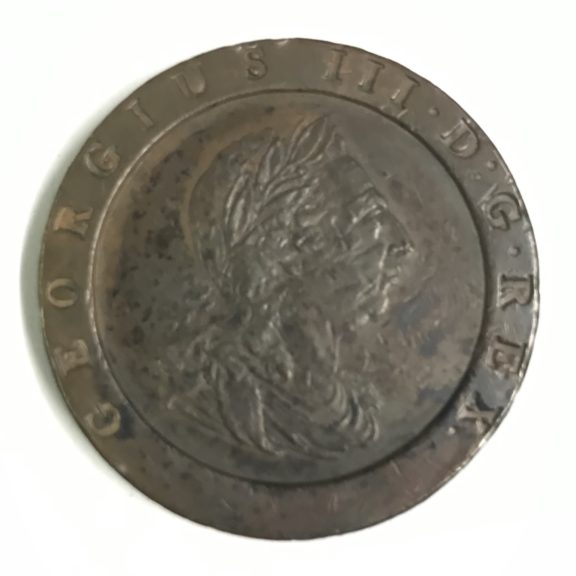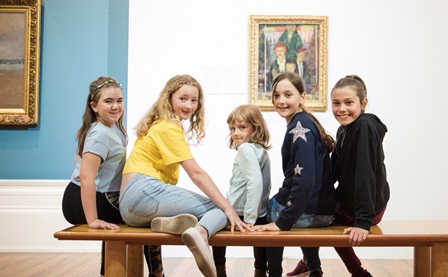History
The history collections include archaeology, ethnography, coins and medals, and social history as well as quirkier collections such as greetings cards, cigarette cards, stamps and music sheets.
Highlights include the skeleton of on an Ice Age elk found complete with the two bone points that contributed to its death – the result of a failed hunt 13,500 years ago – and the oldest evidence of human habitation in Lancashire. Other local finds include silver coins from the Viking Cuerdale hoard, and human skulls found during the excavations for Preston Dock. There are also collections are from further afield – Egyptology sent to the Harris through its support of the Egyptian Research Account, and objects from North America, Oceania, Africa and Australasia.
The social history collection illustrates life and work in Preston and Britain, with items relating to Preston Guild and the civic history of Preston. Local industries are represented with objects and ephemera from cotton manufacturer, Horrockses, Stephen Simpson Gold Thread Works, and Courtaulds Red Scar Works.
Download more History collection information
Date
On display all year round. If you have a specific query, please email theharris@preston.gov.uk
Location
Discover Preston gallery
Cost: free
This collection is free to visit
Exploring History
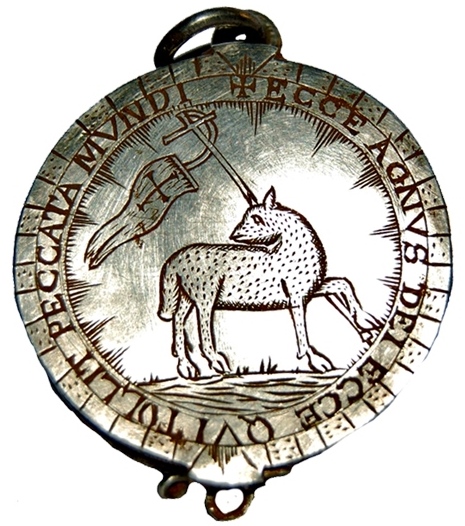
Hoghton Pyx
Date: c.1650
Object number: PRSMG: 2019.1
This silver pyx was found by a metal detectorist at Hoghton near Preston. It was once used by a Catholic Priest to carry the sacred bread – the body of Christ – to those who could not get to church to receive Holy Communion. Religious intolerance after the Gunpowder Plot in 1605 meant it was illegal to even own one.
Other items relating to Catholicism in Lancashire include a small collection of locally-excavated finds by archaeologists and metal detectorists including pottery fragments associated with Preston’s Friary.
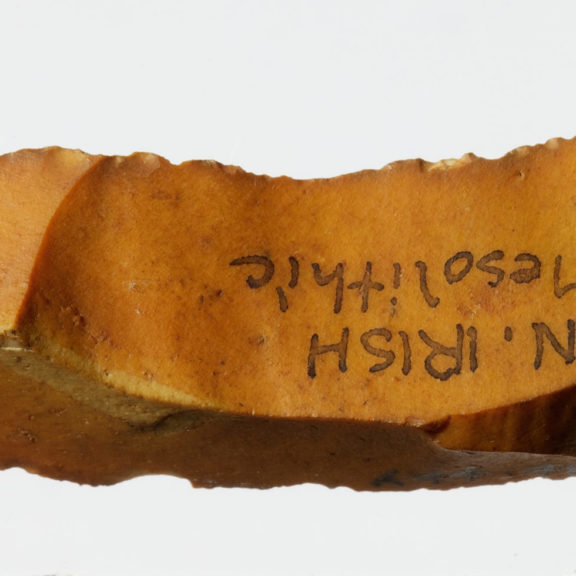
Flint Flake
Made: Northern Ireland
Date: c. 5000 BC
Object number: PRSMG: A44.48
This flint flake from the River Bann in Northern Ireland dates from the Mesolithic period between 10,000 and 4,000 years ago. It is a piece of knapped flint that would have originally been mounted in a handle and used as a knife or cutting and scraping implement. It is one of 200 items in the Harris collection from this area of Northern Ireland, which includes flint flakes, fishing net sinkers, and gouges.
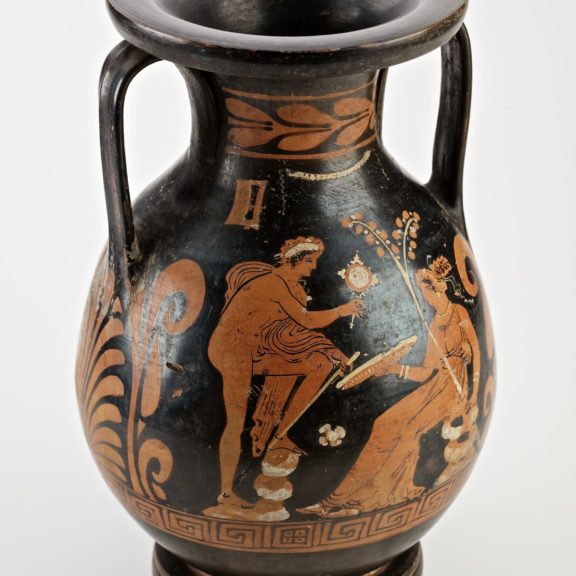
Pelike
Made: Athens, Greece
Date: c. 510 BC
Object number: PRSMG: A376
This red figure vase – or Pelike – used to contain wine or water. It is part of a small collection of 50 items of complete pieces of Greek pottery and pottery fragments collected by Reverend Finch of Penwortham Hall. Other related collections include Greek coins and the Parthenon friezes that are part of the architecture of the Harris.
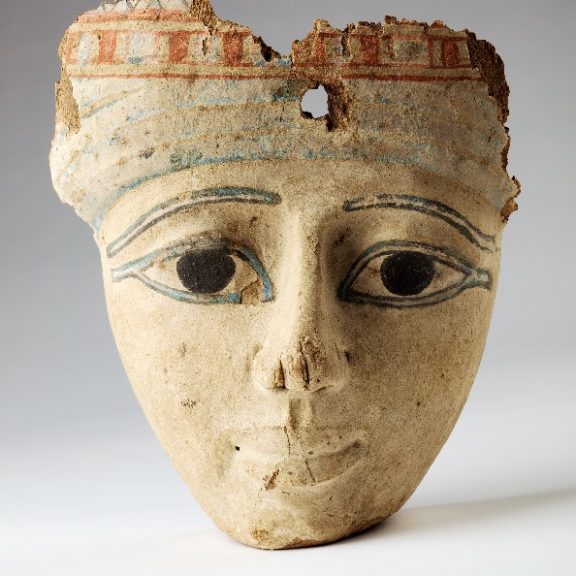
Face from a Mummy Case
Date: c. 1000 BC
Object number: PRSMG: A1550
This painted wooden face is from an Ancient Egyptian mummy case. It was designed to preserve the image of the deceased person in the afterlife.
This item is part of a small Egyptology collection excavated in tombs at Abydos – about 10 miles from the Nile and a popular place for people who wished to be buried close to the god Osiris.
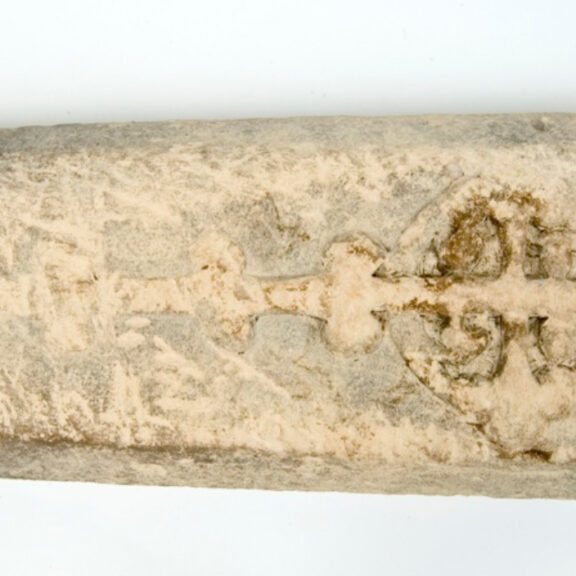
Grave Marker
Date: c. 1300
Object number: PRSMG: A238
This medieval stone marked a heart burial – where the heart was buried separately to the body. This occurred when the whole body could not be transported home or when special reverence was shown for the heart. The grave marker was found incorporated into the wall of a building in New Hall Lane – still the site of Preston’s cemetery today. The Harris holds a small collection of about 100 other medieval items including floor tiles from Sawley Abbey, metal fragments from Penwortham Castle, finds from Preston’s Friary and Viking coins.
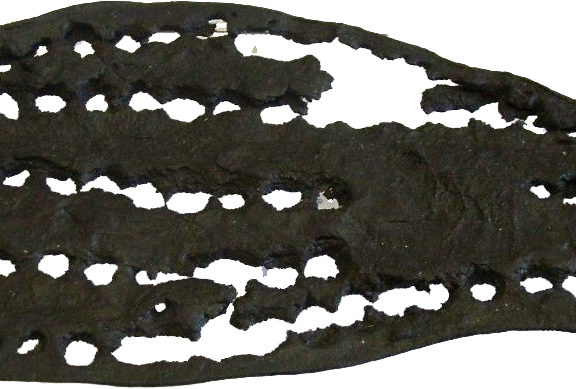
Roman shoe fragment
Date: About 100 AD
Object number: PRSMG: A177
This Roman shoe fragment was found during the excavations of the walls of Ribchester fort in 1888. The excavations were led by the Reverend Jonathan Shortt, the first curator of the Preston Museum on Cross Street and the Harris Museum. The sole was found with studded nails still embedded, but these haven’t survived. The Harris holds a small collection of other Roman finds including coin hoards, pottery and metal fragments and a replica of the famous Ribchester Parade Helmet.
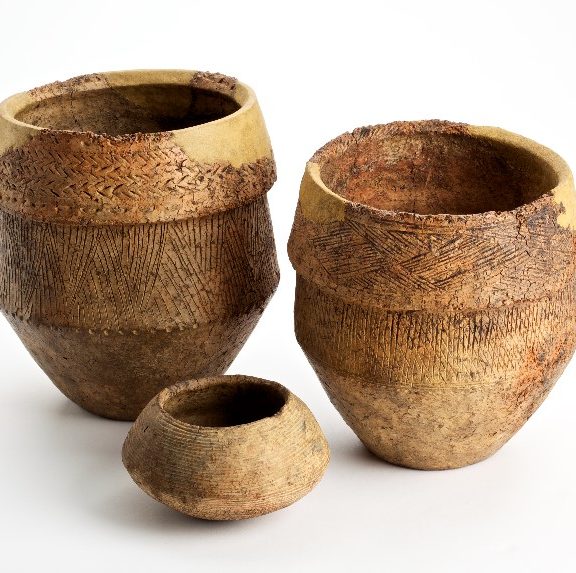
Bleasdale Urns
Date: c. 2000 BC
Object number: PRSMG: A114, PRSMG : A115, PRSMG : A116
These urns were found in the centre of the Bleasdale Circle – one of the most important Bronze Age sites in Lancashire. They contained pieces of charcoal, bone and linen consistent with cremation which have been dated to 4000 years old. They are part of small collection of Bleasdale finds which include timber posts. The Harris holds a small collection of other Bronze Age items including axeheads and spears
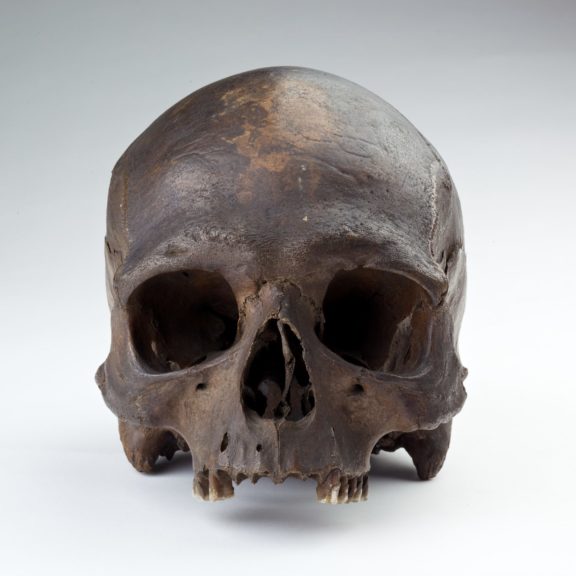
Human Skull
Date: 3,500 BC
Object number: PRSMG: 1997.70.4
This is the skull of a man who lived in the North West of England around 5,500 years ago. He was about 40 years old when he died – but we don’t know how he died. Stone Age people like him lived nomadic lifestyles hunting animals and gathering wild foods. They used stone and flint tools and wore clothes made from animal skins.
This is one of 23 human skulls in the Harris collection which were found during excavations for Preston Dock. Other Stone Age collections include flints from the Bann Culture in Northern Ireland, stone axes and arrow heads.
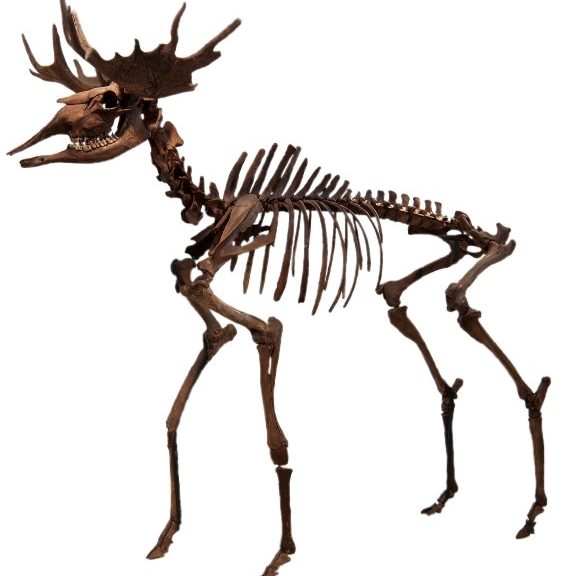
Ice Age Elk
Date: 11,500 BC
Object number: PRSMG: 2001.99
This elk skeleton dates from the last ice age 13,500 years ago and was found in the village of Carleton near Poulton-le-Fylde. The injuries on its bones – and the weapons found with it – make it the earliest evidence of human habitation in Lancashire. Other skeletal remains in the collection include red deer, horse, whale, sheep, goat and auroch skulls.
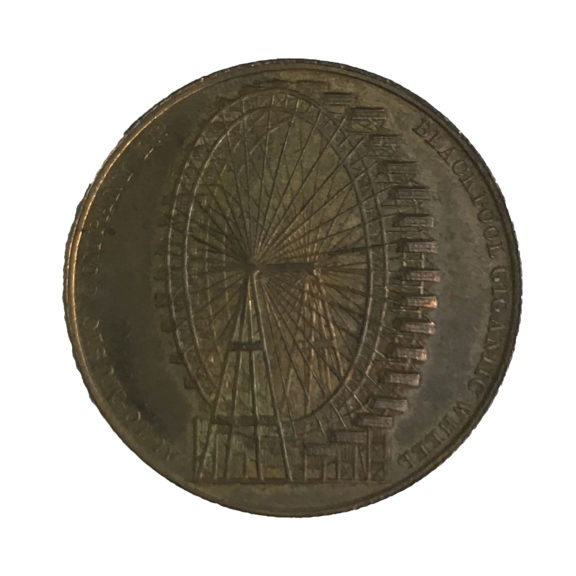
Blackpool Commemorative Token
Object number: PRSMG: T1563
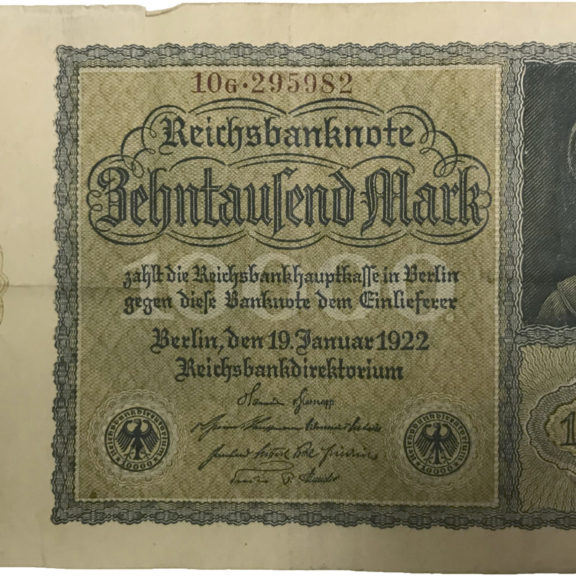
10,000 Mark Note
Made: Germany
Date: 1922
Object number: PRSMG: 2015.211
This 10,000 Mark note is from the German Weimar Republic. It dates from a period of hyperinflation in the 1920s when currency inflation ran out of control as the country repaid its massive war debt after the First World War. Other bank notes in the Harris collection include currency from France, Belgium and Britain from the 19th and 20th centuries.
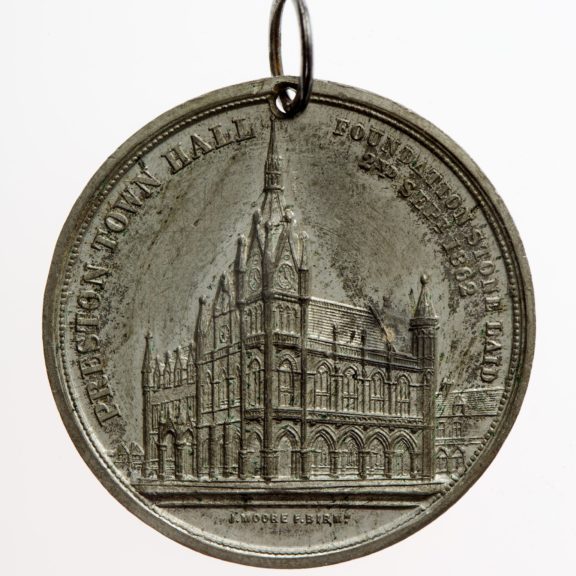
Preston Guild Medal
Made: Preston
Date: 1862
Object number: PRSMG: M331.1
This medal records the laying of the foundation stone for Preston’s Gothic town hall during guild week in 1862. This impressive building designed by George Gilbert Scott stood on the Flag Market and was damaged in a fire in 1948, yet stood for many years after. There are a large number of medals struck for local events such as Preston Guild.
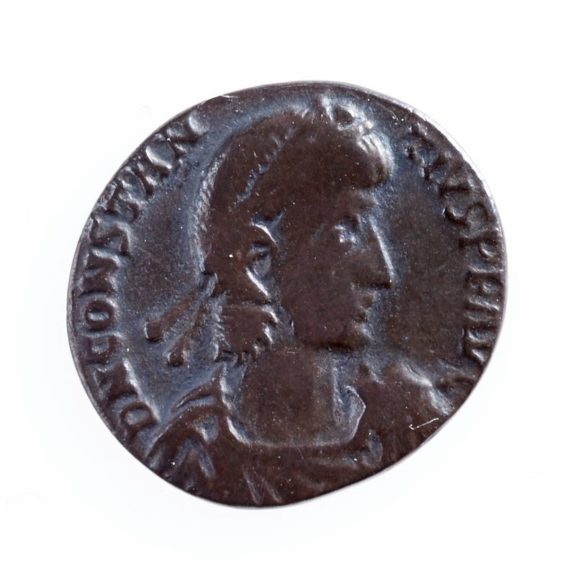
Silver Silique
Made: Minted Arles
Date: 355-360 AD
Object number: PRSMG: A205.1
This coin is from the Rossall/Fleetwood Hoard and was issued for emperor Constantius II, 355-360 AD. The coins were stored at Rossall Hall by the man who built Fleetwood, Sir Peter Hesketh-Fleetwood. The Harris holds a large numismatics collection which includes more than 600 Roman coins. Other Roman hoards include the Brindle Hoard, Fishergate Hill Hoard, Hackensall Hoard and the Leyland Hoard.
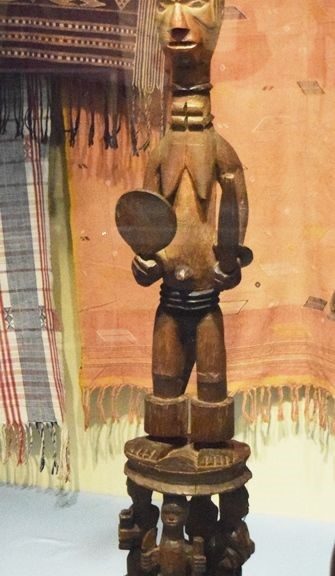
Ancestral Shrine Sculpture
Made: Nigeria
Object number: PRSMG: E96
This handmade wooden sculpture depicts a female figure with a cockerel on her head – a symbol associated with queen mother effigies. She is a chiefly figure and probably comes from the shrine of a deified ancestor. It comes from Nigeria, south of Asaba, from an Igbo town on the east bank of the river Niger. The Harris has a collection of 250 items classed as ‘Ethnography’. They are social history items relating to Africa, North America, Oceania and Australasia.
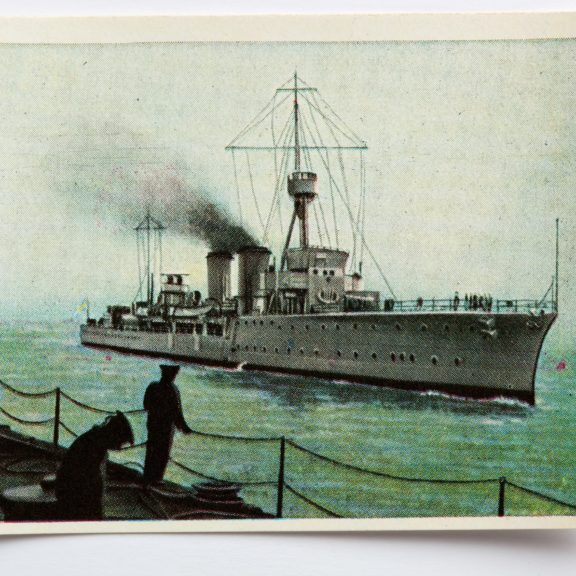
Cigarette Card
Date: 1930s
Object number: PRSMG: 2011.45.116
Cigarette cards were collectible items produced by tobacco companies and sold with packs of cigarettes. They Harris has a collection of more than 800 cards depicting a wide range of subjects and dating from the 1910s to 1960s. This one is part of a set that shows the arms and munitions held by the victors after the First World War.
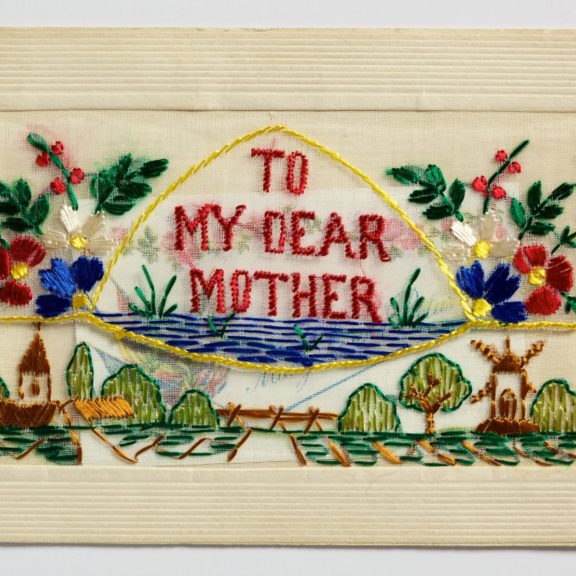
Embroidered Postcard
Date: 1914–18
Object number: PRSMG: 2011.242.26
This is an embroidered postcard from the First World War, with pocket and card insert, ‘To my dear mother’. The card inside is printed ‘Many happy returns’, and handwritten on the reverse is ‘From your loving son Joseph’. This card is one of more than 500 postcards and greetings cards which date from the early 19th century to the 1990s and include Valentine’s cards, birthday cards, with sympathy cards, anniversary cards.
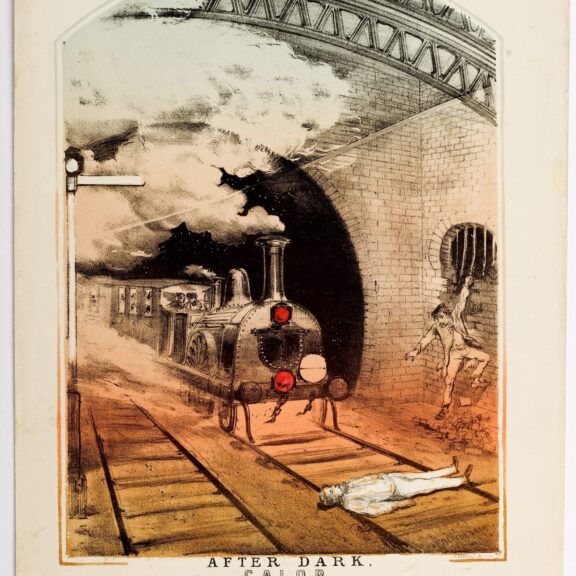
Music Sheet: Tommy Dodd – After Dark Galop
Date: 1870
Object number: PRSMG: 2004.2.948
Artist: Stannard and Sons
The term ‘Tommy Dodd’ refers to the making of a decision on the toss of a coin and in the mid-1870s was the subject of several popular songs and was used in boys’ stories by Charles Hamilton and Rudyard Kipling. It was also a slang term for a shunting signal on The Great Eastern Railway. This music sheet cover is one of 1600 in the Peter Edwards collection at the Harris.
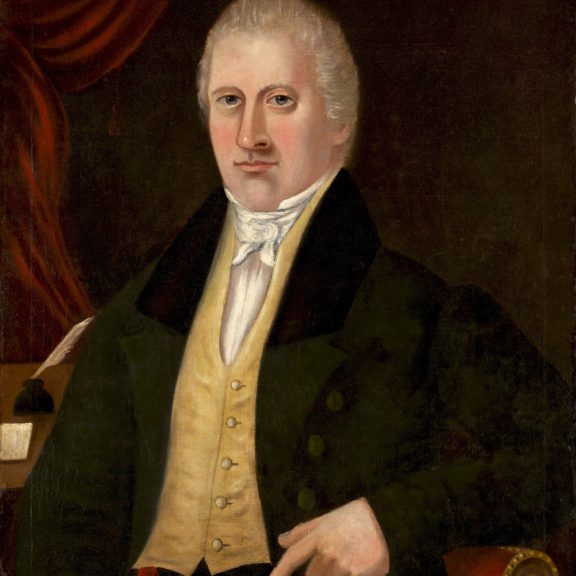
Portrait of Henry Hunt
Date: c.1830
Artist: PRSMG: P755
This portrait of Henry Hunt – of Peterloo fame – was owned by William Sisson. He voted for Hunt in 1830 when he became Preston’s first radical MP, and was sacked from his job in a Preston factory when his employer found out. The painting hung in pride of place above the family mantelpiece for a century afterwards. The portrait is part of a small collection of election medals, a small number of ceramics and items more widely associated with voting, the 1832 Reform Act and protest.
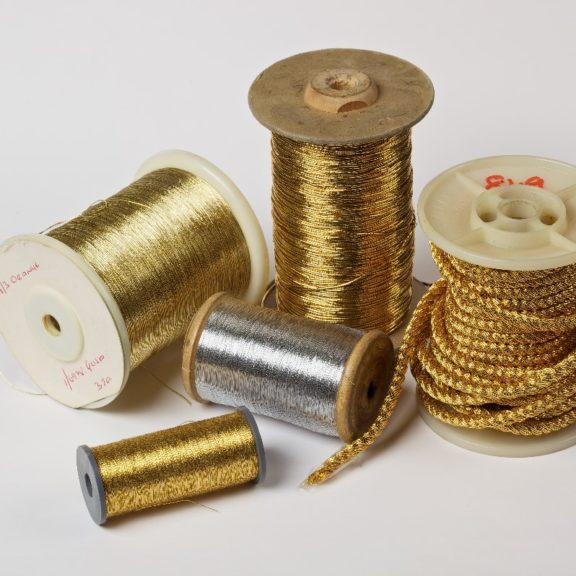
Lurex bobbins
Made: Simpsons, Preston
Date: 1980s
Object number: PRSMG: 2011.31
Simpsons of Preston opened in 1831 and became Britain’s largest gold thread company, feeding the global demand for gold-embellished uniforms, banners and luxury textiles. They later moved into communications technology and synthetic gold thread like these bobbins of Lurex thread.
The Harris holds collections of Simpsons gold thread samples, embroidered badges and pieces of civic regalia that incorporate Simpsons gold thread.
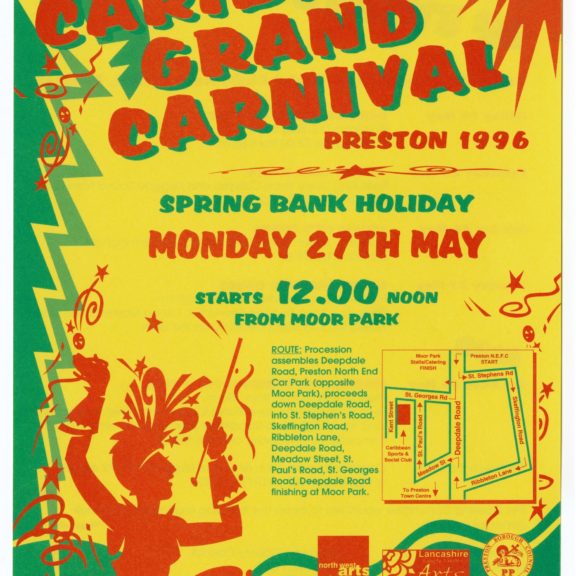
Carnival Flyer
Date: 1996
Object number: PRSMG:1999.46
In 1975, permission was given to take Caribbean Carnival celebrations onto Preston’s streets. The first Preston Carnival was held on 26 May 1975 – the Spring Bank Holiday. People in costumes paraded and danced to steel band music and a dance was held in the Guild Hall. This set in motion a yearly tradition, which is still as vibrant today. This flyer shows the route for the 1996 carnival. The Harris has a small collection of items relating to Preston’s Caribbean carnival including photographs, a costume, vinyl singles and photographs.
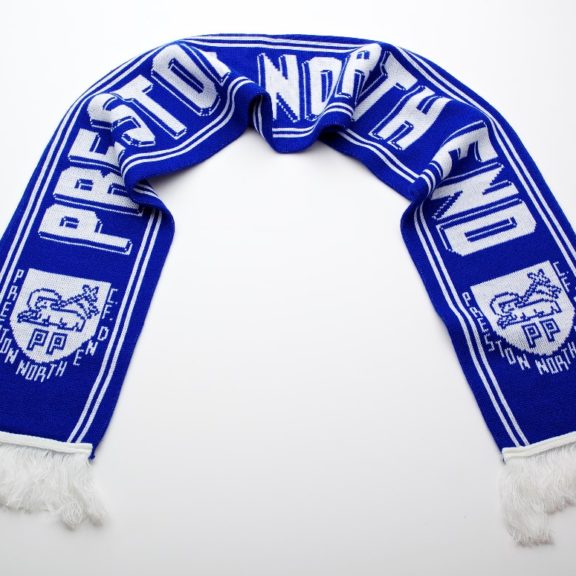
Football Scarf
Date: 1994
Object number: PRSMG: 1994.182
Preston North End Football scarf produced as merchandise for the club shop at Deepdale Stadium. Bought at Preston North End v Torquay United in 1994 – the last game played at Deepdale on artificial turf.
This is part of other items relating to Preston North End which are also associated with other small sporting collections such cricket in Preston.
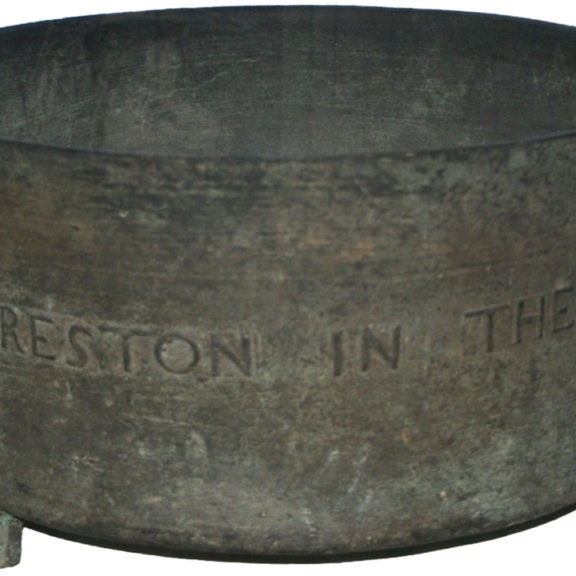
Bushel measure
Date: 1670
Object number: PRSMG: 2008.159
Preston grew up around its market place. This bushel measure is the oldest object from Preston’s markets and was used to measure a volume of grain – known as a bushel – to make sure that traders weren’t cheating their customers.
There are a few other items associated with Preston’s markets including more than 100 photographs of the Flag Market.
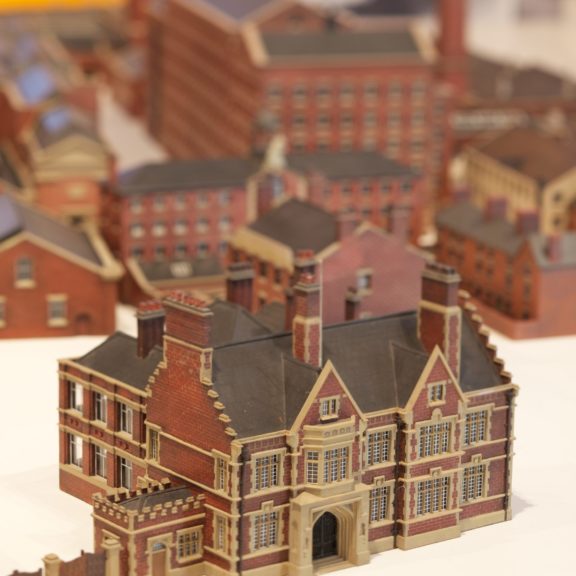
Horrockses Mill Model
Made: Preston
Date: 1913
Object number: PRSMG: 2001.133
This model of Horrockses Yard Works in Stanley Street Preston was made for the visit of King George V and Queen Mary in 1913. The Yard Works was the largest cotton manufacturing site in Europe at the time the model was made. Horrockses was the jewel in the crown of Preston’s booming cotton industry, exporting cotton goods all over the world and launching a fashion label in 1946. There are extensive collections at the Harris on Horrockses including items associated with the manufacture of cotton, finished goods, archival material and Horrockses Fashions dresses. They also relate to items from Courtaulds rayon factory, which produced synthetic fibres in Preston from the 1930s.
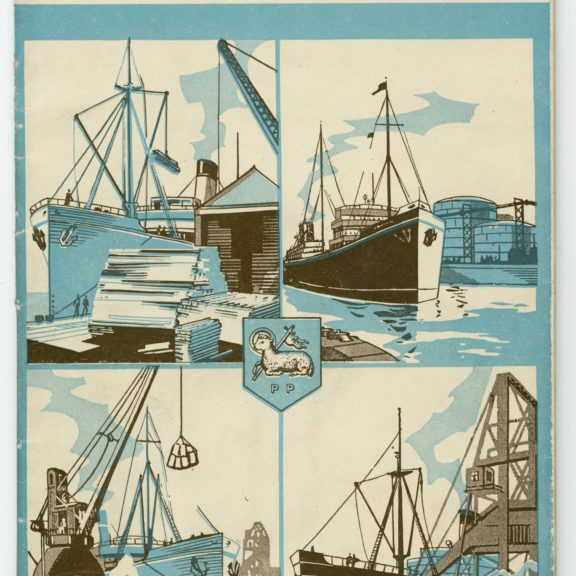
Port of Preston Leaflet
Made: Printed by Guardian Press, Fishergate, Preston
Object number: PRSMG: 2010.19
Preston dock was the largest single working dock in Britain until 1981. It was a major employer in the town, handling exports of coal for Ireland and bananas imported from the West Indies. There are more than 1000 items in the collection associated with Preston Dock, including archaeological finds from its construction, dockers’ personal items, and photographs of shipping.
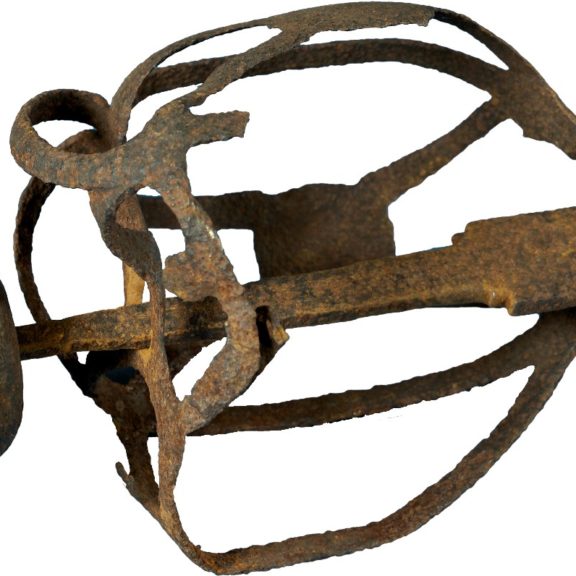
Sword
Date: c.1640
Object number: PRSMG: A508
This heavily corroded Scottish sword was found on Walton Flats. On the 17 August 1648 – during the Civil War – Scottish infantry and some cavalry occupied Walton Bridge but were forced from it and retreated to Walton Hill. They later abandoned their arms and fled. This sword and other items such as musket balls, paintings and decorative items relate to either the 1648 Civil War Battle or the 1715 Jacobite Battle of Preston.
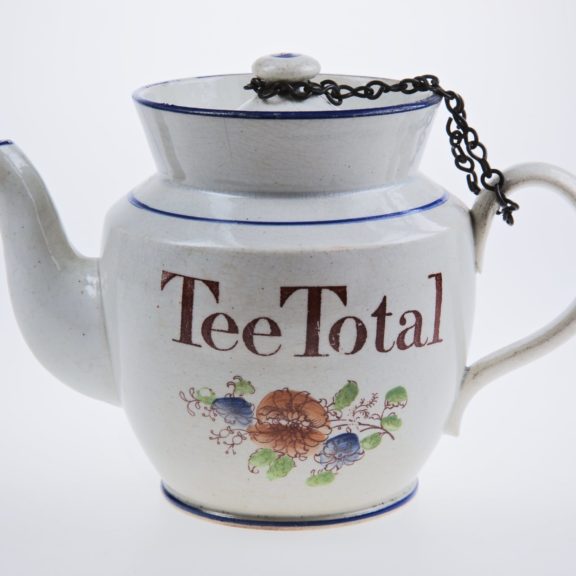
Teetotal Teapot
Date: 1833–40
Object number: PRSMG: ce730
This teapot is one of the earliest examples of the word ‘Teetotal’ being used to describe total abstinence from alcohol. It was invented in Preston in 1833 when Dicky Turner shouted ‘Nothing but tee-total will do!’ at one of the weekly temperance meetings in Preston – repeating the ‘t’ for emphasis. There are a number of collections that record things that make Preston unique and special including early gas lighting and Gold Thread production.
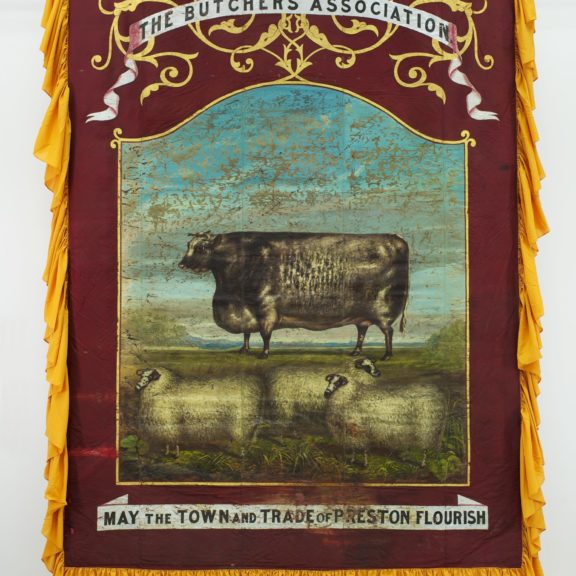
Preston Butchers’ Association Banner
Made: Preston
Date: 1882
Object number: PRSMG: 1994.195
Artist: Thomas Chaloner
This is the Preston Butchers’ Association banner, first carried on Monday 4 September 1882 in the Preston Guild trades procession. It was made by Thomas Chaloner, a banner maker at 122 Friargate in Preston. The butchers traded from the Old Shambles on Lancaster Road until they were relocated to make way for the Harris Museum, Art Gallery & Library. The banner is one of a small number in the Harris collection. It forms part of an extensive wider collection of souvenirs, ceramics, medals and photographs relating to this unique Preston celebration.
